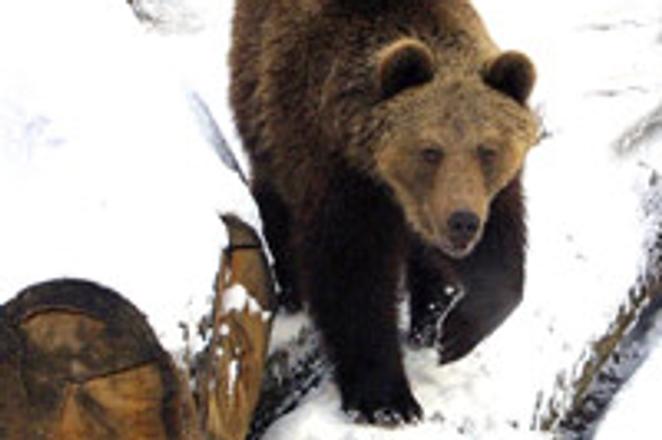ROBIN RIGG, head of the bear research project at the Society for Research, Education and Coexistence with Nature, told the SITA newswire that he is still waiting to hear whether the European Commission will finance a three-year census of the bear population in Slovakia.
"The census has been prepared, but it is not sure," Rigg said.
It is estimated that Slovakia is home to about 800 bears. Asked whether breeding is proceeding at a normal rate, Rigg said that Romania is estimated to have 5,000 bears, but that he did not find Slovakia's number to be "abnormal".
Rigg also spoke about the bear-hunting season in Slovakia.
During 2000, the Ministry of the Environment decided to ban bear hunting in the spring, out of concern for female bears who are still raising their cubs at that time of year. The decision was also prompted by the killing of as many as 80 percent of male bears, which usually wake up earlier than the females, during the spring hunt in 2000.
"This had a bad effect," Rigg said.
Of the two remaining hunting seasons - summer and autumn - hunters have said they prefer autumn, which lasts from June until the end of November, because the bears' fur is of a higher quality then, Rigg said.
Slovakia allows hunters to kill a maximum of 70 bears a year, but barely half that number are usually taken, he added.
The largest bear hunts in Slovak history - 70 a year - were recorded in 1991 and 1992.



 Nature experts estimate the number of bears in Slovakia at 800. (source: Sme - Ján Krošlák)
Nature experts estimate the number of bears in Slovakia at 800. (source: Sme - Ján Krošlák)